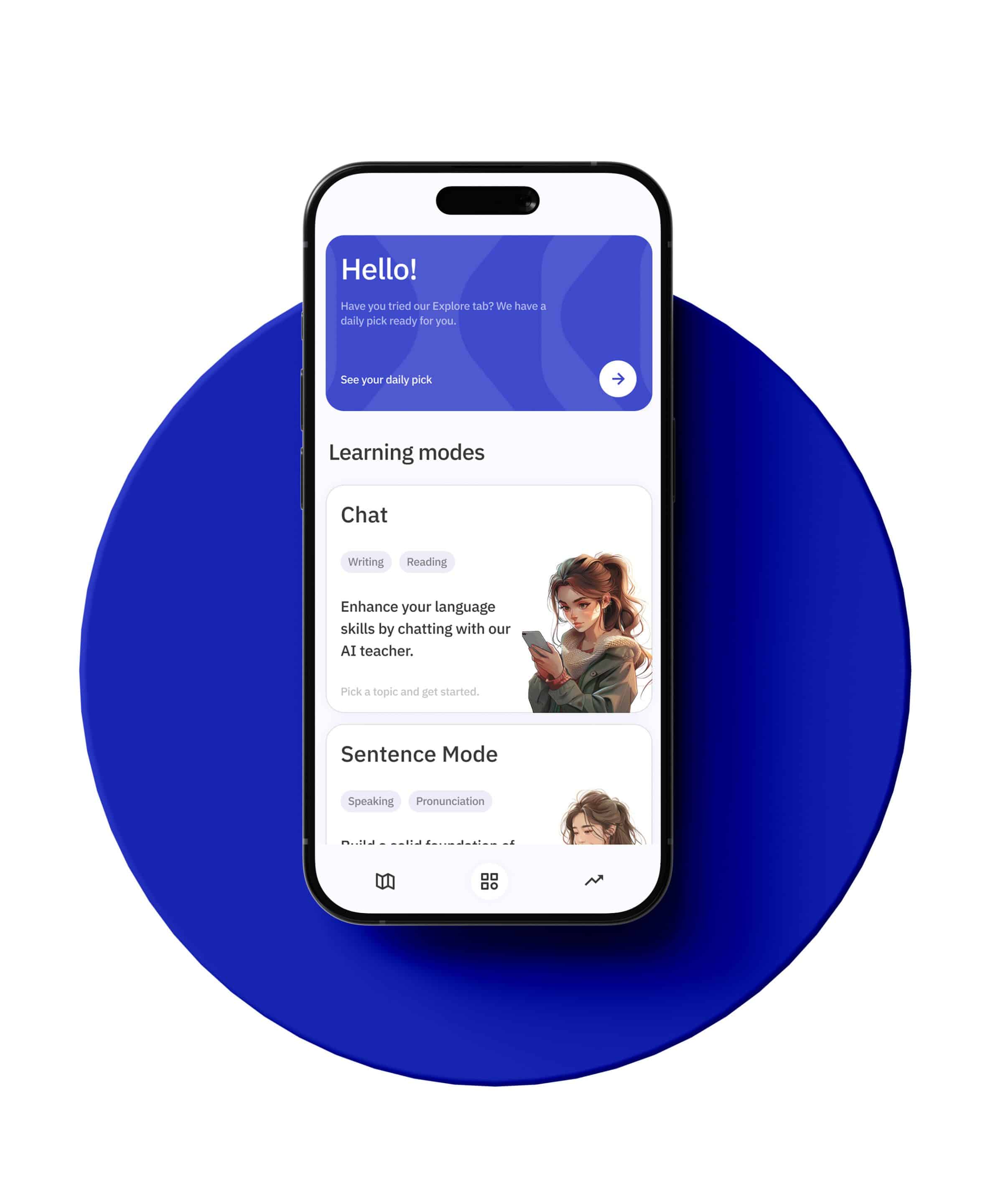Learning a new language can be a challenging yet rewarding experience. One of the fundamental aspects of mastering a language is understanding its grammar, particularly the use of personal pronouns. In Korean, the use of personal pronouns is both fascinating and complex due to the language’s unique cultural and grammatical characteristics. This article delves into the intricacies of using personal pronouns in Korean grammar, providing English speakers with a comprehensive guide to help them navigate this essential aspect of the Korean language.
Introduction to Korean Personal Pronouns
In English, personal pronouns such as “I,” “you,” “he,” “she,” “we,” and “they” are commonly used in everyday conversation and writing. Korean also has personal pronouns, but their usage and forms can be quite different from English. One of the key differences lies in the importance of social hierarchy and politeness levels in Korean culture, which significantly influence pronoun usage.
In Korean, personal pronouns can be divided into three main categories: first person, second person, and third person. Each category has different forms based on the level of politeness and formality required in a given context. Understanding these distinctions is crucial for effective communication in Korean.
First Person Pronouns
First person pronouns refer to the speaker or the group that includes the speaker. In Korean, there are several first person pronouns, each with its own level of politeness.
1. **나 (na)** – This is the informal or casual way to say “I” in Korean. It is typically used among friends, family members, or people of the same age group.
2. **저 (jeo)** – This is the formal or polite way to say “I” in Korean. It is used in more formal settings, such as when speaking to someone older or in a position of authority, or in professional environments.
3. **우리 (uri)** – This pronoun means “we” or “us” and can be used in both informal and formal contexts. However, in more formal situations, you might also hear **저희 (jeohui)**, which is a more polite form of “we.”
It’s important to note that while “나” and “저” are used to refer to oneself, their usage depends heavily on the context and the relationship between the speaker and the listener. Using the wrong form can be perceived as disrespectful or overly familiar.
Second Person Pronouns
Second person pronouns refer to the person or people being spoken to. In Korean, the use of second person pronouns is more complex and often avoided in favor of titles or names, especially in formal situations.
1. **너 (neo)** – This is the informal way to say “you” in Korean. It is used among close friends, family members, or people of the same age group. However, it is considered rude to use “너” with someone you are not close to or with someone of higher status.
2. **당신 (dangsin)** – This pronoun can be translated as “you,” but its usage is quite restricted. It is sometimes used between married couples or in written language, such as in poetry or song lyrics. In most conversational contexts, “당신” can come across as confrontational or sarcastic, so it is generally avoided.
Instead of using second person pronouns, Koreans often use titles, names, or honorifics to address others. For example, instead of saying “you,” a student might address their teacher as “선생님 (seonsaengnim)” which means “teacher,” or a younger person might address an older person as “형 (hyeong)” for older brother or “누나 (nuna)” for older sister.
Third Person Pronouns
Third person pronouns refer to someone or something other than the speaker and the listener. In Korean, third person pronouns are less commonly used than in English, and their usage also varies based on politeness and formality.
1. **그 (geu)** – This pronoun means “he” or “him” and is used in informal contexts. It is not as commonly used as its English counterpart and can sometimes be replaced by the person’s name or title.
2. **그녀 (geunyeo)** – This pronoun means “she” or “her” and is also used in informal contexts. Similar to “그,” it is less frequently used in everyday conversation.
3. **그들 (geudeul)** – This pronoun means “they” or “them” and can be used in both informal and formal contexts. However, in formal situations, it is often more polite to use the individual’s name or title followed by a plural marker.
In practice, Koreans often prefer to use context or specific titles and names rather than third person pronouns. This can be challenging for English speakers who are accustomed to using pronouns more freely.
Politeness Levels and Pronoun Usage
One of the most important aspects of using personal pronouns in Korean is understanding the concept of politeness levels. Korean culture places a strong emphasis on respect and hierarchy, and this is reflected in the language. Politeness levels affect not only pronouns but also verb forms, vocabulary, and sentence structures.
Informal Speech
Informal speech, known as “반말 (banmal),” is used among close friends, family members, or people of the same age group. In this level of speech, personal pronouns like “나 (na)” for “I” and “너 (neo)” for “you” are commonly used. It’s important to use informal speech only with people you have a close relationship with, as using it inappropriately can be seen as disrespectful.
Example:
– 나 지금 집에 가 (na jigeum jibe ga) – “I’m going home now.”
Formal Speech
Formal speech, known as “존댓말 (jondaetmal),” is used in more formal situations, such as speaking to someone older, in professional settings, or when showing respect. In this level of speech, personal pronouns like “저 (jeo)” for “I” and titles or names instead of “you” are preferred.
Example:
– 저 지금 집에 갑니다 (jeo jigeum jibe gamnida) – “I am going home now.”
Using the correct level of politeness is crucial in Korean, as it reflects your respect for the other person and your understanding of social norms. Failing to use the appropriate level of politeness can lead to misunderstandings or even offense.
Contextual Usage of Personal Pronouns
In addition to politeness levels, the context in which personal pronouns are used also plays a significant role in Korean grammar. Understanding when and how to use personal pronouns appropriately requires an awareness of the social and cultural context.
Names and Titles
As mentioned earlier, Koreans often prefer to use names and titles instead of personal pronouns, especially in formal situations. This practice helps to convey respect and avoid potential misunderstandings. For example, instead of saying “you,” it is more common to address someone by their title or name followed by the appropriate honorific.
Example:
– Instead of “당신은 어떻게 생각해요? (dangsin-eun eotteoke saenggakhaeyo?)” which means “What do you think?” it is more polite to say “선생님은 어떻게 생각하세요? (seonsaengnim-eun eotteoke saenggakaseyo?)” which means “What do you think, teacher?”
Avoiding Pronouns
In many cases, Koreans simply avoid using personal pronouns altogether, especially when the subject or object is clear from the context. This practice helps to maintain politeness and clarity in communication.
Example:
– Instead of saying “I am going to the store,” you might say “가게에 가요 (gage-e gayo)” which simply means “Going to the store,” with the subject implied.
Pronouns in Written Language
The use of personal pronouns in written Korean can differ from spoken language. In formal writing, such as academic papers, reports, or official documents, personal pronouns are often minimized or omitted in favor of more formal expressions. In contrast, personal pronouns may be used more freely in informal writing, such as personal letters, emails, or social media posts.
Example:
– In a formal report, you might write “본 연구에서는 (bon yeongu-eseoneun)” which means “In this study,” instead of using “I” or “we.”
Common Challenges and Tips for English Speakers
For English speakers learning Korean, the use of personal pronouns can present several challenges. Here are some common difficulties and tips to help you navigate this aspect of Korean grammar.
Understanding Politeness Levels
One of the biggest challenges for English speakers is mastering the various politeness levels in Korean. To overcome this, it’s essential to pay close attention to the context and relationships between speakers. Practice using different levels of speech in various scenarios to become more comfortable with switching between them.
Using Names and Titles
Instead of relying on personal pronouns, make a habit of using names and titles when addressing others. This practice not only helps you sound more polite but also aligns with cultural norms. Pay attention to how native speakers address each other and try to emulate their usage.
Listening and Imitating Native Speakers
Listening to native Korean speakers can provide valuable insights into how personal pronouns are used in different contexts. Watch Korean dramas, movies, or variety shows, and pay attention to how characters address each other. Try to imitate their speech patterns and practice using similar expressions in your conversations.
Practicing with Language Partners
Engaging in conversations with native Korean speakers or language partners can help you gain practical experience in using personal pronouns correctly. Ask for feedback on your pronoun usage and be open to making adjustments based on their suggestions.
Studying Cultural Context
Understanding the cultural context behind pronoun usage is crucial for mastering Korean grammar. Take the time to learn about Korean social norms, hierarchy, and etiquette. This knowledge will enhance your ability to use personal pronouns appropriately and respectfully.
Conclusion
Using personal pronouns in Korean grammar is a nuanced and culturally significant aspect of the language. Unlike English, where pronouns are used freely and consistently, Korean requires careful consideration of politeness levels, social hierarchy, and context. By understanding the distinctions between informal and formal speech, the preference for names and titles, and the importance of cultural context, English speakers can navigate the complexities of Korean pronoun usage more effectively.
As you continue your journey in learning Korean, remember that practice and exposure are key. Engage with native speakers, immerse yourself in Korean media, and pay attention to how pronouns are used in different situations. With time and effort, you will become more confident in using personal pronouns correctly, enhancing your overall proficiency in the Korean language.
Happy learning!







